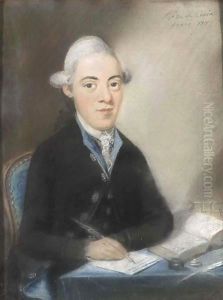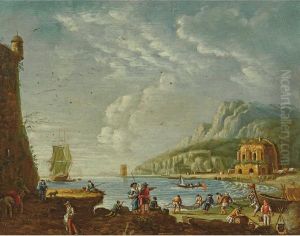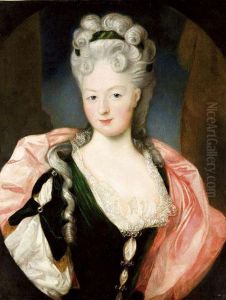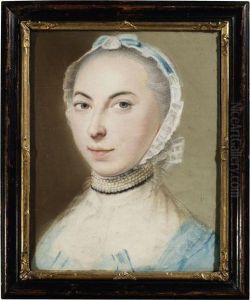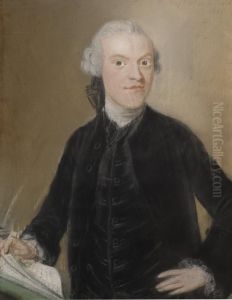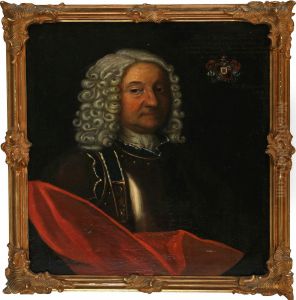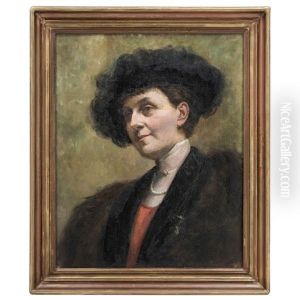Pieter Frederik De La Croix Paintings
Pieter Frederik de la Croix was a Dutch artist born in Maastricht in 1709. Not to be confused with the more widely known French Baroque painter Charles Le Brun, de la Croix's work is less documented and somewhat lesser-known in the grand narrative of European art history. De la Croix is often associated with the Dutch Golden Age, although he was born towards the end of this period, which is typically considered to have concluded around the early 1700s.
De la Croix's work primarily reflects the artistic styles and sensibilities of the late Baroque period. He was a versatile artist, known for his skill in painting, drawing, and etching. His subject matter varied, including religious themes, landscapes, and portraits, which were common genres of the time. De la Croix's works are characterized by their attention to detail, use of light and shadow, and the emotional expressiveness of the figures he depicted.
Despite his talents, Pieter Frederik de la Croix did not achieve the same level of fame as some of his contemporaries. Records of his life and work are somewhat scarce, and as a result, his influence on the course of art history is not as pronounced as that of some other artists from the Dutch Golden Age. Nevertheless, his paintings can be seen as exemplifying the transitional period of Dutch art, as new styles began to emerge towards the end of the 18th century.
De la Croix's career was largely based in the Netherlands, where he contributed to the local art scene. The artistic environment in the Netherlands during this time was still quite vibrant, with a strong market for art among the middle and upper classes. However, the decline of Dutch economic power during the 18th century also led to a decline in the commissioning of grand-scale artworks, which may have affected artists like de la Croix.
Pieter Frederik de la Croix passed away in 1782. His works, though not as well-known as those of some of his peers, remain a part of the collection of Dutch art from this period. They continue to be studied and appreciated for their craftsmanship and place within the broader context of European art history.
